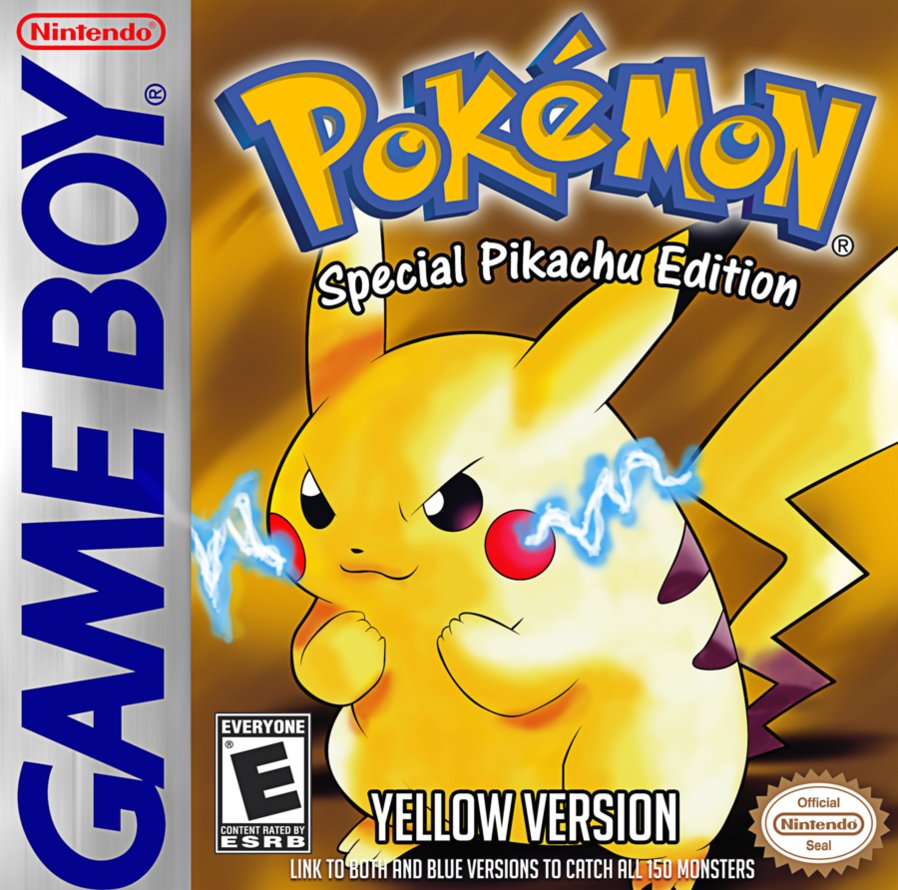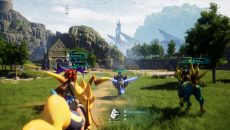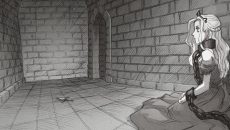“Pokémon Yellow” helped the Nintendo franchise launch into mainstream popularity after being released in the United States in 1999. (Courtesy of Game Freak, Inc.)
In the last 20 years, Pokémon has transformed from a Japanese video game to a cornerstone of worldwide culture. Fans could not even watch the Super Bowl this year without witnessing a tribute to the franchise. The Super Bowl ad, however, was simply the first in many events that will take place to celebrate Pokémon’s twentieth anniversary. One such event is happening right here at UMass Lowell, as the Anime Club is sponsoring Pokémon Day on Feb. 27, 2016. This is the same day Nintendo will release “Pokémon Red”, “Blue” and “Yellow” for the Nintendo E-shop. Therefore, to join with the festivities, “Pokémon Yellow” will be featured in this week’s classic game review.
“Pokémon Yellow” began the tradition of the “Pokémon” “third game.” It has become customary for Nintendo to release two games at the same time, each featuring some different Pokémon, and then afterwards releasing a “third game” with some differences from the two originals (example: beginning is Aspertia Town In Black/White 2 as opposed to Nuvema Town). Aside from the changes, you still explore the same region as in Pokémon Red and Blue, where you and your companion Pokémon must catch other Pokémon, battle trainers and defeat gyms to reach the Pokémon League, where upon beating it will earn you the title of Pokémon Champion.
The most notable feature that distinguishes “Pokémon Yellow” from its predecessors is the Pikachu factor. Instead of being given the option to begin your journey with a fire, water or grass Pokémon, you are prompted to start your journey with a Pikachu. This Pikachu, not liking poké balls, actually follows you around, and you can engage your Pikachu during the game to check its mood. This Pikachu also cannot evolve, unlike other games where Pikachu evolves into Raichu when given a Thunder Stone.
These variations to Pikachu were all done in response to the success of the first season of the Pokémon Anime show. The main protagonist, Ash Ketchum, has a Pikachu that follows him outside the poké ball and Ash refuses to evolve Pikachu due to their special bond. This did well with audiences around the globe who saw the show, as well as other factors, like the incorporation of show characters Jesse and James of Team Rocket. “Pokémon Yellow” also updated the design of many Pokémon to closer resemble their counterparts in the show.
A lot of the success that “Pokémon Yellow” enjoyed came from the fact that it was released on the Game Boy Color. Before that point in time, Game Boy games were colorless and had to be played under some sort of light source for the player to see the action on the screen. The introduction of color, to some, made Pokémon feel like a whole different experience. Being able to see color on the attack animations for the Pokémon went a long way in having players enjoy watching two Pokémon duke it out.
For most every Pokémon game, outside of the objective to win the Pokémon League, the main objective of the game is usually considered to be catching every Pokémon to complete the Pokédex for that region. This objective can prove to be quite a nuisance, seeing as Pokémon involve trades at times to evolve, some Pokémon can only be caught in one version of the game, and some Pokémon have very convoluted methods of catching (example: buying Porygon in Pokémon Red/Blue/Yellow). For “Pokémon Yellow,” though, this objective might be easiest to accomplish. Not only are there only 150 Pokémon, but there is a very small list of unobtainable Pokémon in the game. The list sums up like this: none of the Team Rocket Pokémon can be caught, the trio with the elemental punches cannot be caught (Jynx/Magmar/Electabuzz), Mew can only be caught via glitch, the Weedle evolutionary line can’t be caught because Ash didn’t catch it in the anime, and Raichu is unobtainable since you cannot involve Pikachu. That means every other Pokémon is able to be caught in game. You would only have to trade for seven Pokémon!
With the large roster, the teams you can make in this game are ridiculous. Oustide of Pikachu, you can later catch Bulbasaur, Charmander and Squirtle. Adding that to the legendary birds, fossil Pokémon, non-legendaries like Gyrados, Dragonite and Lapras, and the formidable Mewtwo, you can make a combination of some pretty vicious Pokémon.
Of course, someone playing this who is used to more of the “Pokémon X/Y” style will go through a transition. It is a very different experience. There are no berries in “Pokémon Yellow,” no night/day cycle, no secret bases or super training or a lot of the innovations that have been introduced over the years. The best thing this game has going for it is simplicity, though. You don’t necessarily have to worry about getting the Pokémon with the right typing or train them a certain way. You can win with a lot of different options. So, it is not about building the perfect team with this game. It is about getting Aerodactyl and destroying everything with Earthquake. It’s about buying the Scyther because he just looks so cool. It is about always carrying a ton of Ultra Balls because you know you need that Master Ball for Mewtwo. This game may not challenge you intellectually as much, but your inner kid will fall in love with it.





Ahh yes Pokemon yellow special pikachu edition was my first pokemon game ever to play. I still p[lay this game today, and I think this generation should at least give this game a go. They’ll realize that although the newer Pokemon games are great, they’ll still be able to appreciate how this little timely classic has layed the foundation of the newer pokemon video games!